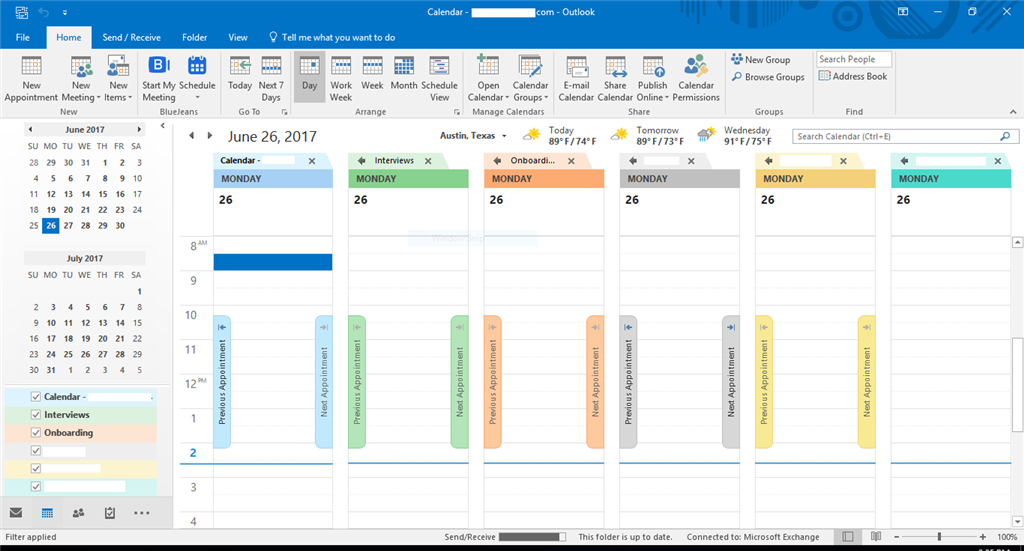Most of us are aware of the knowledge article functionality within Dynamics 365. For those who aren’t familiar with it, knowledge articles can empower users within any organisation with access to existing information.
Types of knowledge articles can include solutions to common issues, product or feature documentation, answers to frequently asked questions (FAQs), product briefs, and more. Being able to have access to this means that customer service agents can easily answer queries, without needing to spend (lots of) time investigating what’s happening, and find resolutions.
Note: At this point in time, the Knowledge Article functionality is still a restricted table within Dataverse. It requires either a Dynamics 365 plan, Customer Engagement plan, or Customer Service Enterprise plan
It’s great to be able to share information around within an organisation. There is native functionality for this, with the ability to share a knowledge article record directly with other users by clicking the ‘Email a link’ button:
Note: This is performed through going to the to Knowledge Article table, opening up a record, and carrying out the functionality from there. It cannot be done through access to Knowledge Articles on the Case form.

This will create an email (in Outlook) with a URL to the specific record:

This is of course very helpful, but is only internally facing. It’s not possible to send this to a customer who’s having an issue, as the customer wouldn’t be able to access the URL!
It’s also not particularly useful if we think about how customer service agents work, as they’d need to be moving through different areas of Dynamics 365.
Thankfully knowledge management is built into the customer service capability within the system. So for example, when we open a case record, we have the ability to search for knowledge articles directly in here:

This of course works much better from a customer service agent perspective – they have all of the functionality that they need in just one area.
So how can we share information directly with customers? Copying and pasting the information into a chat or email interaction seems quite manual and bothersome.
But there’s no need to do this manually, thankfully! Again, we have in-built functionality to handle this:

Clicking the little email icon on a knowledge article creates an email within Dynamics 365 (so you’ll need to have email enabled for users, to make this work!) with the information copied into it:

OK – this much easier. We can send customers the exact information, so that they then have it to hand.
But here’s a new scenario – what if we wanted to send MULTIPLE knowledge articles to a customer at once? We could of course click the email icon each time, but that results in a separate email being created for each one, which means the customer will be receiving multiple emails. Not the most ideal scenario, surely?
Well, thanks to my amazing colleague Ryan Hunter-Stott, there is actually a way to do this! In fact, technically you could say that there are two approaches, but holistically it’s the same thing – it involves an email.
So, you can either:
- Select to email the knowledge article to the customer, or
- Create a blank new email
Within the email message, we have the following option to insert a knowledge article:

Clicking this brings up an interface to be able to search for knowledge articles. Clicking the envelope icon will then insert the information in the email:

Now it’s not possible to select multiple knowledge articles in this window. BUT, it IS possible to click the button to open it up again, and insert a second one. And then a third one!

This can then be sent out to the customer, with all of the information contained in it!
It’s a nice little touch, and I think it definitely beats copying & pasting information into an email manually!
Have you ever thought about this scenario? Did you find this functionality, or end up doing it in a different way? Drop a comment below – I’d love to hear!










